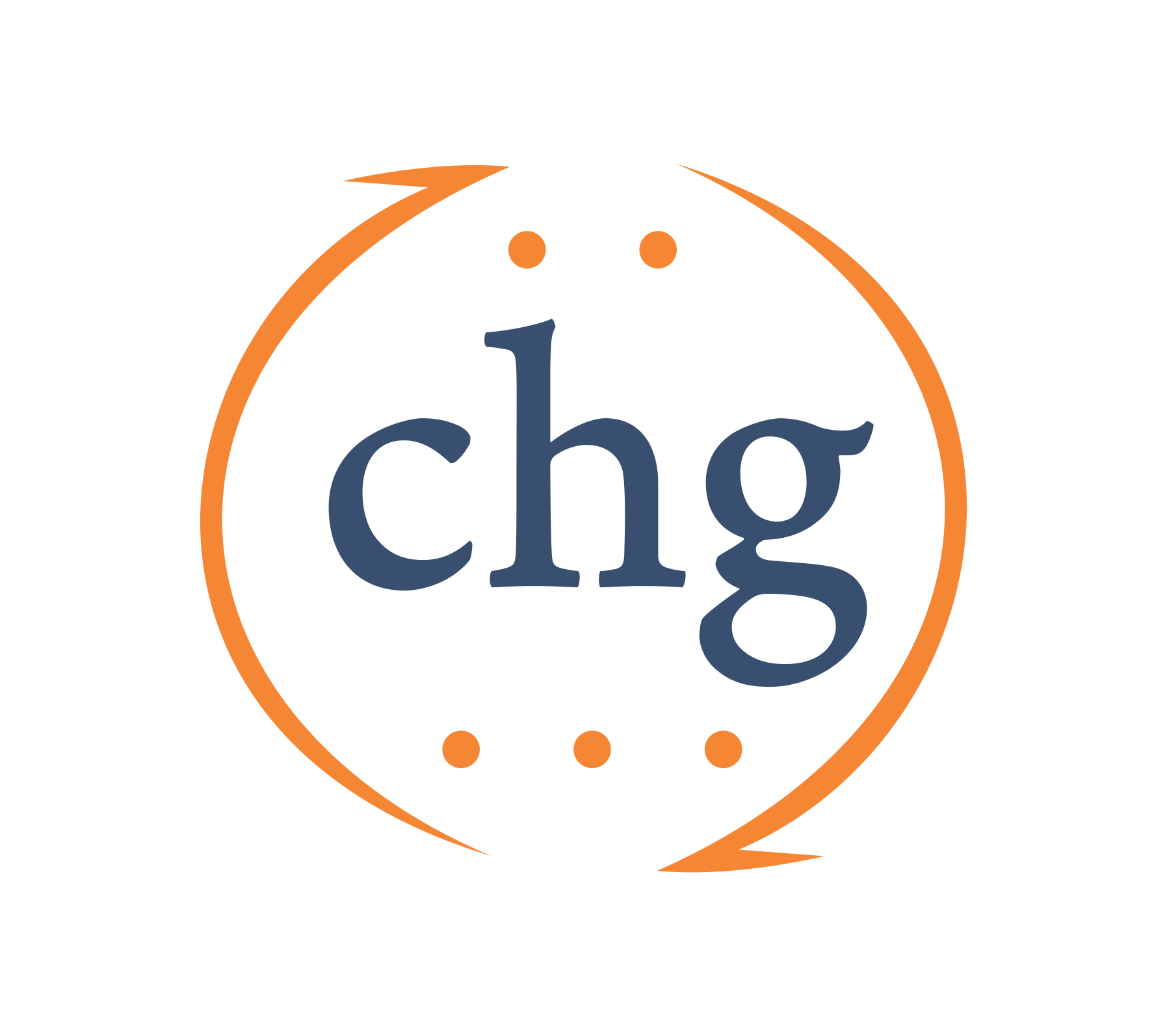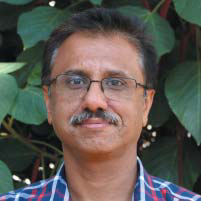
Centre for Human Genetics
Bangalore.

Bangalore.

Ravi Hiremagalore
PMD (Dermatology), Christian Medical College, Vellore
Fellowship in Paediatric Dermatology, Rajiv Gandhi University of Health Sciences, Bengaluru
Genes and Comprehensive Care in Epidermolysis Bullosa In keeping with CHG's commitment to translational science, we have developed a comprehensive multidisciplinary system of care for epidermolysis bullosa (EB), a genetic condition characterised by blistering of the skin and mucous membranes. Some types of EB have systemic manifestations in the form of oesophageal strictures, eye involvement, urinary tract infection, growth retardation, contractures and deformities and an increased risk of developing skin cancers. Since 2012, we have had numerous referrals from dermatologists for genetic testing and care of patients with EB. Patients are registered in the multidisciplinary treatment clinics at CHG where they are examined by various specialists, all in the span of one day, which reduces the cost of care for the patients. The focus in the clinics is on diagnosis of the subtype and wound care. Diagnosis is based on skin biopsies through immunofluorescence antigen mapping and mutation testing. As part of the wound care programme, patients are given EB kits and taught the basics of bathing and handling wounds and wound dressings.This model of clinical care has been extended to other parts of Karnataka using telemedicine. A huband- spokes model has been developed with CHG being the hub and three zonal centres across the state. To initiate referrals, an Internet link has been provided to paediatricians and dermatologists,which enables them to enter patient names into a registry that has been linked to patients'AADHAR number. With funding from Government of India's Department of Biotechnology (DBT), we have been studying mutations in EB in the cohort of patients at CHG. We have also studied 86 patients from two different centres by immunofluorescence based antigen mapping. These findings have been published (British Journal of Dermatology, 2015). With funding from Rajiv Gandhi University of Health Sciences, Bengaluru, and DBT's BIRAC (Biotechnology Industry Research Assistance Council), efforts are under way to design and validate monoclonal antibodies for diagnosis of the various subtypes of EB in an effort to reduce the cost of diagnosis. The EB clinics conducted at CHG are a part of the teaching programme for trainees in dermatology and Fellows in paediatric dermatology. In January 2018,we organised, in collaboration with DEBRA (Dystrophic Epidermolysis Bullosa Research Association) International, Birmingham Children's Hospital and IADVL (Indian Association of Dermatologists, Venereologists and Leprologists) Karnataka, an international conference on modern management of EB. There were about 75 clinicians and scientists including 17 from institutions outside India. Faculty from PGI Chandigarh, New Delhi, Vijayapura and Bengaluru participated. Overseas faculty were from the UK, Singapore and Chile. A meeting of over 30 families with EB was organised on the final day of the conference when patients had the opportunity to interact with experts in the field. During this time, DEBRA India was launched and a network of clinicians across the country was formed. By networking with DEBRA India and crowd sourcing, we have helped a number of EB patients in various healthcare interventions such as feeding gastrostomies, reconstructive hand surgeries, and contracture release. FUTURE 1. Extend multidisciplinary clinics across the country using telemedicine 2. Focus on early diagnosis based on immunofluorescence antigen mapping using locally designed monoclonal antibodies 3. Study of genetic epidemiology of the major causative genes 4. Strengthen DEBRA India by providing care and support 5. Focus on designing cost-effective wound care products
Selected publications:
1.Congenital erosive and vesicular dermatosis healing with reticulated supple scarring: Report of four cases. Indian Journal of Dermatology, Venereology and Leprology, 84: 73-75 (2018).Srinivas SM, Mukherjee SS, Hiremagalore R 2.Mid-face toddler excoriation syndrome (MiTES): a new paediatric diagnosis. Clinical and Experimental Dermatology, 42: 68-71 (2017). Srinivas SM, Gowda VK, Owen CM, Moss C, Hiremagalore R 3.Two novel mutations in KIND1 in Indian patients with Kindler syndrome. Clinical and Experimental Dermatology, 42: 95-97 (2017). Kantheti P, Kubba A, Prabhu A, Batrani M, Hiremagalore R 4.Functional analysis of a novel connexin30 mutation in a large family with hearing loss, pesplanus, ichthyosis, cutaneous nodules, and keratoderma. Annalsof Human Genetics, 80: 11- 19 (2016). Pandey N, Xavier DF, Chatterjee A, Mani RS, Hiremagalore R, Tharakan A, Rajashekhar B, Anand A 5.Immunofluorescence mapping ininherited epidermolysis bullosa: A study of 86 cases from India. British Journal of Dermatology, 172: 384-391 (2015). Hiremagalore R, Kubba A, Bansel S, Jerajani H
Copyright © 2011 - All Rights Reserved - Taurus Hard Soft Solutions Pvt. Ltd
Stay Up to Date With Whats Happening